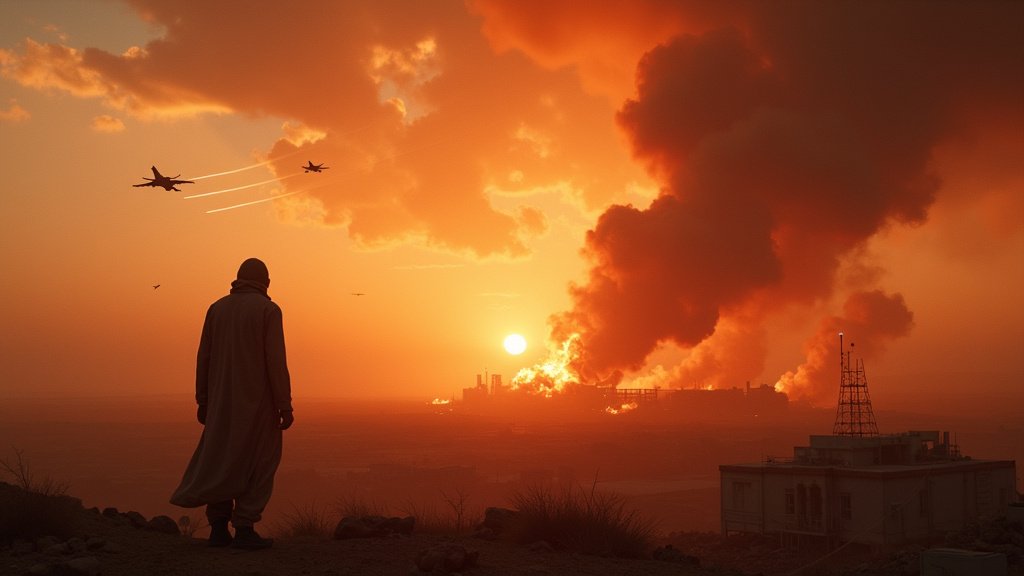On June 22, 2025, the simmering tensions in the Middle East reached a boiling point as the United States directly intervened in the ongoing conflict between Israel and Iran. The U.S. military, acting in concert with Israeli forces, launched a series of strikes targeting three critical nuclear sites within Iran, escalating a crisis that had been building for over a week.
A Week of Escalation
The U.S. involvement came after a week of intense Israeli air strikes against Iran. These initial attacks focused on crippling Iran’s military infrastructure, specifically targeting its air defenses, missile capabilities, and crucial nuclear enrichment facilities. The aim was to diminish Iran’s offensive capabilities and cripple its nuclear ambitions. The escalating violence raised serious concerns about the potential for a broader regional war, drawing international attention and condemnation.
U.S. Joins the Fray
The decision to directly involve the United States in the conflict was made by President Donald Trump, marking a significant shift in the geopolitical landscape. The U.S. strikes, conducted jointly with Israel, targeted the sensitive nuclear sites of Fordow, Natanz, and Esfahan. These locations are crucial to Iran’s nuclear program, housing uranium enrichment facilities and other critical components. The strikes signaled a major escalation, demonstrating the commitment of both nations to curbing Iran’s nuclear development.
Regional and Global Reactions
The attacks triggered a swift reaction from the international community. Prime Minister Narendra Modi of India, recognizing the gravity of the situation, immediately contacted Iranian President Masoud Pezeshkian. Modi urged both sides to prioritize de-escalation, emphasizing the importance of diplomatic solutions to prevent further bloodshed and instability. His intervention underscored the global concern over the spiraling conflict.
Retaliation and Aftermath
The same day as the joint U.S.-Israeli strikes, Iran retaliated with a barrage of missile attacks on Israel. The strikes hit at least three areas within Israel, including the bustling metropolis of Tel Aviv. The attacks resulted in at least 23 injuries and caused significant damage to buildings and infrastructure. The attacks triggered air raid sirens and sent residents scrambling for safety, further intensifying the sense of crisis and uncertainty.
Economic Ramifications
The conflict’s impact was not limited to the battlefield. The escalating tensions caused significant volatility in global markets, particularly in the energy sector. In response to the market turmoil, India significantly increased its imports of Russian oil in June. This surge in imports surpassed the combined volumes from its usual Middle Eastern suppliers, reflecting the efforts of countries to secure their energy supplies amid the uncertainty caused by the conflict and resulting sanctions.
The U.S. and Israeli attacks on Iranian nuclear sites have fundamentally altered the power dynamics in the Middle East. The long-term consequences of the conflict are still unfolding, but the immediate aftermath has brought a renewed sense of instability and a heightened risk of broader conflict in the region.

